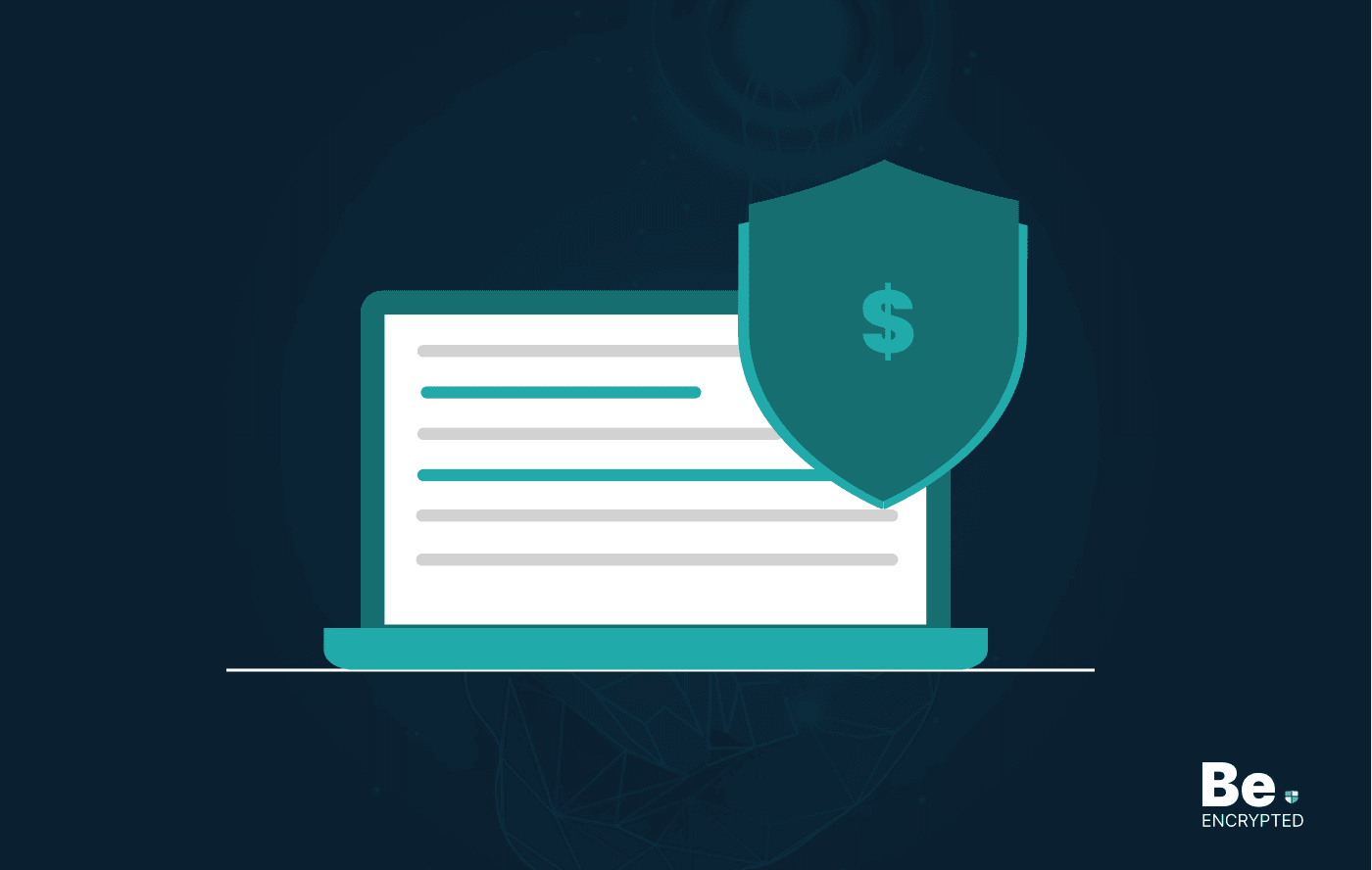Making your business’s search ranking better requires much time and hard work. Enhance your SEO security by understanding how and why these attacks take place. Below are a few precautions you can follow to protect your website from SEO attacks:
An increased focus on SEO among small businesses has led to cyber-attacks that could harm your search rankings. SEO spam attacks were responsible for over 42% of SEO attacks in 2023. These attacks degrade the website’s ranking by overloading other sites with countless files containing malicious backlinks and keywords.
Search rankings can break a small business, and thus, it is essential to understand how to strengthen SEO security and avoid all these attacks. This post discusses different types of SEO attacks and ways to prevent them. So, let’s dive in and discuss things in detail.
How to ensure your website security
SEO attacks damage your website ranking and your credibility with customers and visitors. Moreover, they expose other website pages to security breaches and can cause search engines to flag your site. To prevent cyber crooks from harming your rankings and reputation, follow the mentioned tips:
1. Conduct regular link audits
Link audits are excellent practice for any business; however, they can save you for sure if you’ve been a victim of SEO attacks. Monitor the growth of your links profile to detect any suspicious activity before it becomes out of control.
2. Update your security
SEO attacks might not always make headlines, but cybercriminals and attacks do. Ensure that your software has the latest version and is updated as well. Apply all the security patches to your software, and your CMS software is secured with robust encryption protocols to protect the users.
Try to shift your site to HTTPS, especially when running an E-commerce site or keeping private customer data. HTTPS encryption provides greater security and works as a ranking signal that might improve your overall SEO. Cyber attacks are not negative SEO, but they impact your SEO. Google has no hesitation in flagging any compromised sites that take traffic away.
3. Use a CAPTCHA
A CAPTCHA is a variety of images with a particular theme you must enter or select to access your account or make payments on other websites. It is a test that the computer uses to separate human website visitors from crawlers and bots. When applied to your account signup form, e-commerce checkouts, and login page, you can prevent cybercriminals from spreading bots to fill your website with SEO spam.
4. Monitor your site’s speed
Website speed is an essential ranking perimeter. If your website is sluggish and you can’t understand why, you should use crawling software to look for suspicious activity. If you don’t find anything and there is a problem, you must be a victim of forceful crawling. It results in a massive server load, indicating that your site is slow and might even crash. If you think you’re a victim of a crawling attack, you must contact your hosting company or webmaster to determine where the load is coming from.
5. Check for duplicate content
Content quality is essential for good SEO. Websites with relevant, unique, and substantial content rank better than those without. On the other side, Google crawls through different websites with duplicate content. Another harmful SEO method is to scrape website content and copy it onto scores of junk domains. It can be highly damaging for the new content. If Google indexed the content on the junk domains before indexing the original site, the site lost the SEO value.
To avoid this, use tools like Copyscape or Grammarly Premium to ensure your content exists only on your website. If you find your content on another site, you must email the site owner and request that the content be removed immediately. You can also complete Google’s Copyright Removal Form and claim your content property.
6. Use Google Analytics to monitor traffic spikes
Traffic spikes might be the most noticeable red flags—one harmful SEO method to spam content and blogs with low-quality links to a website. Online sales, social media campaigns, and several other welcoming things cause spikes in website traffic. However, a massive surge of visitors is a classic warning sign of negative SEO. The results can be detrimental because Google will crawl all these links and penalize the targeted site for its spammy link profile.
However, the good news is that Google Analytics makes tracking visitors to your website easy. Pay attention to how much traffic you get from referrals, paid advertising, email, SEO, and other channels you’re using. If you observe any unusual traffic, run a referral report and see where your visitors are coming from to determine if you’re a victim of spam or not.
How SEO attacks work
When a hacker breaks into a website, there are several malicious ways to harm it. An SEO Spam attack is one of those and can be used with other types of hacks. The following are five conventional methods that usually occur when a website faces SEO spamming hacks.
Spam keyword insertion
Spammers want to rank their products and services. They often use black-hat SEO techniques and insert keywords all over their website. When a search is done for these keywords, your website ranks automatically. This is not visible either to you or your user.
Spam link injection
Hackers insert an external malicious link that redirects users to a website of their choice. They use clickjacking to add hidden links under regular lockable content, deactivating the user. When clicked, visitors are directed to another website, which usually promotes illegal content and products.
Displaying ads and banners
Spammers can also hijack any banners, pop-ups, CTA, and ads. They replace it with a promotion for their products and content on your site.
Creating new pages
Hackers can also create new pages and take over your site. The primary purpose of this activity is to manipulate search engines.
Spam emails
Hackers accessing your customer database can start sending emails to promote their products. The emails will be sent from your legal address, which fools the customer. Upon opening them, the customer will be exposed to the hackers’ tricks. When users flag these emails as spam, the mail server will mark them as spam, banning your email account as the spammer was using your email.
Share this article
About the Author
Rebecca James is an IT consultant with forward thinking approach toward developing IT infrastructures of SMEs. She writes to engage with individuals and raise awareness of digital security, privacy, and better IT infrastructure.
More from Rebecca JamesRelated Posts

How to Avoid Gambling Restrictions in 2024
KEY TAKEAWAYS Gambling is prohibited in multiple countries as it is addictive, and many people go ba...

20 Best Penetration Testing Tools For Security Professionals
KEY TAKEAWAYS If you’re in a hurry, then have a look at the list of 20 best penetration testin...

The Role of Developer Security in Software Development
KEY TAKEAWAYS The revolution of DevOps has reduced the SLDC and resulted in the creation of many sof...

How To Detect Hidden Cameras And Listening Devices? A Complete Guide
Many people feel like someone is watching them or listening to their conversations. They may be righ...

What is Virtual Firewall and How it Helps Us in 2024?
Scientists and technicians are trying to invent the latest technology protection to create barriers ...

10 Ways to Prevent Ransomware Attacks
KEY TAKEAWAYS Ransomware attacks are growing frequently and affecting every sector of the business i...


